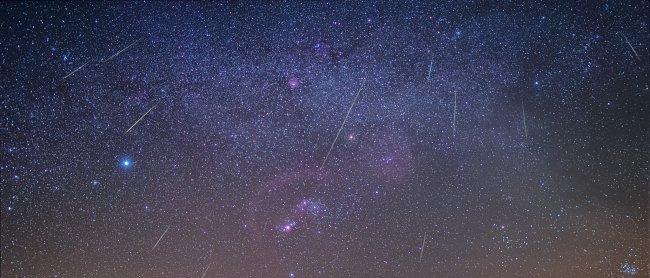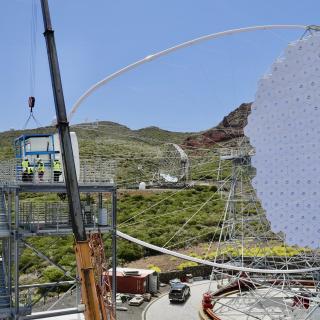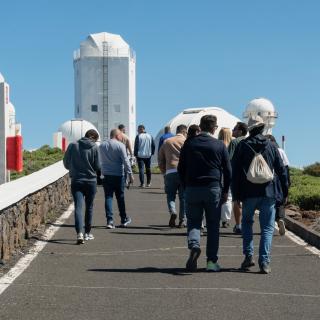The phenomena which we call a meteor shower occur when numerous fragments of comets or asteroids enter the atmosphere of the Earth. At that moment they produce an intense friction, which heats them to the extent of producing the brilliant streaks we can see crossing the sky.
Even though the moonis at first quarter, and is thus 50% illuminated, we can still see the “shooting stars”. On average an observer will spot one of them every ten minutes. To do this you must be at a dark site, without light pollution, and with clear horizons. It is useful to fix your point of view on a single area of sky and keep it there for at least a few minutes in order to detect a Lirid. The most important thing is to be patient.
Those who do not have a convenient spot from which to observe them can do so thanks to the STARS4ALL project, which will transmit them in real time via the Sky-live.tv portal, starting at one in the morning Canary time (00:00 UT) from the Teide Observatory, Izaña, Tenerife.
Every year there are a number of meteor showers, for example the Perseids, the Leonids, and the Geminids. The names come from the constellation in which each has its radiant (the point on the sky from which they appear to come). In this case the radiant is in the constellation of Lyra.
The Lyrids originate from comet Thatcher (C/1861 G1) whose period of rotation around the Sun is 415 years. Last time it passed close to the Earth was in the year 1861, and the next time that it will return to perigee (the nearest point to the Earth in its orbit) will be 2276.



